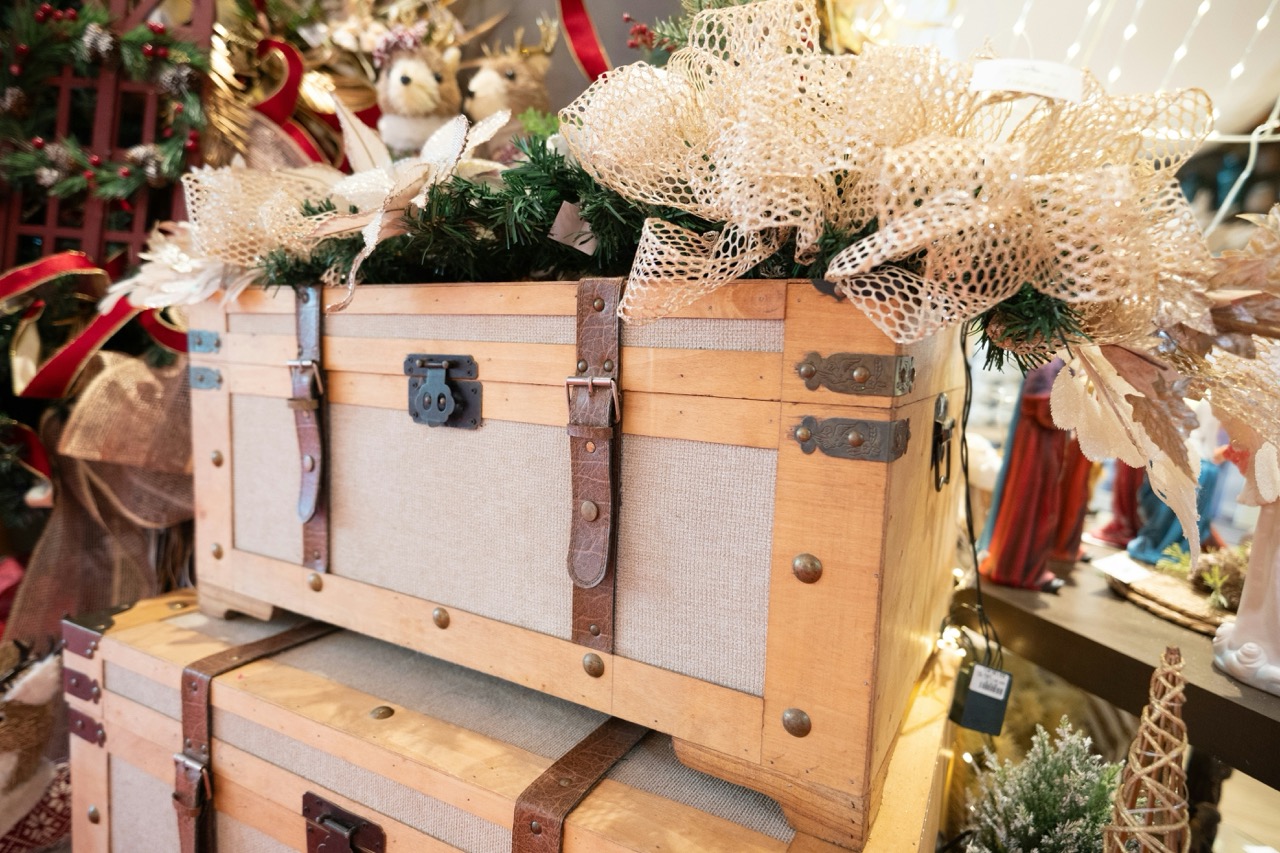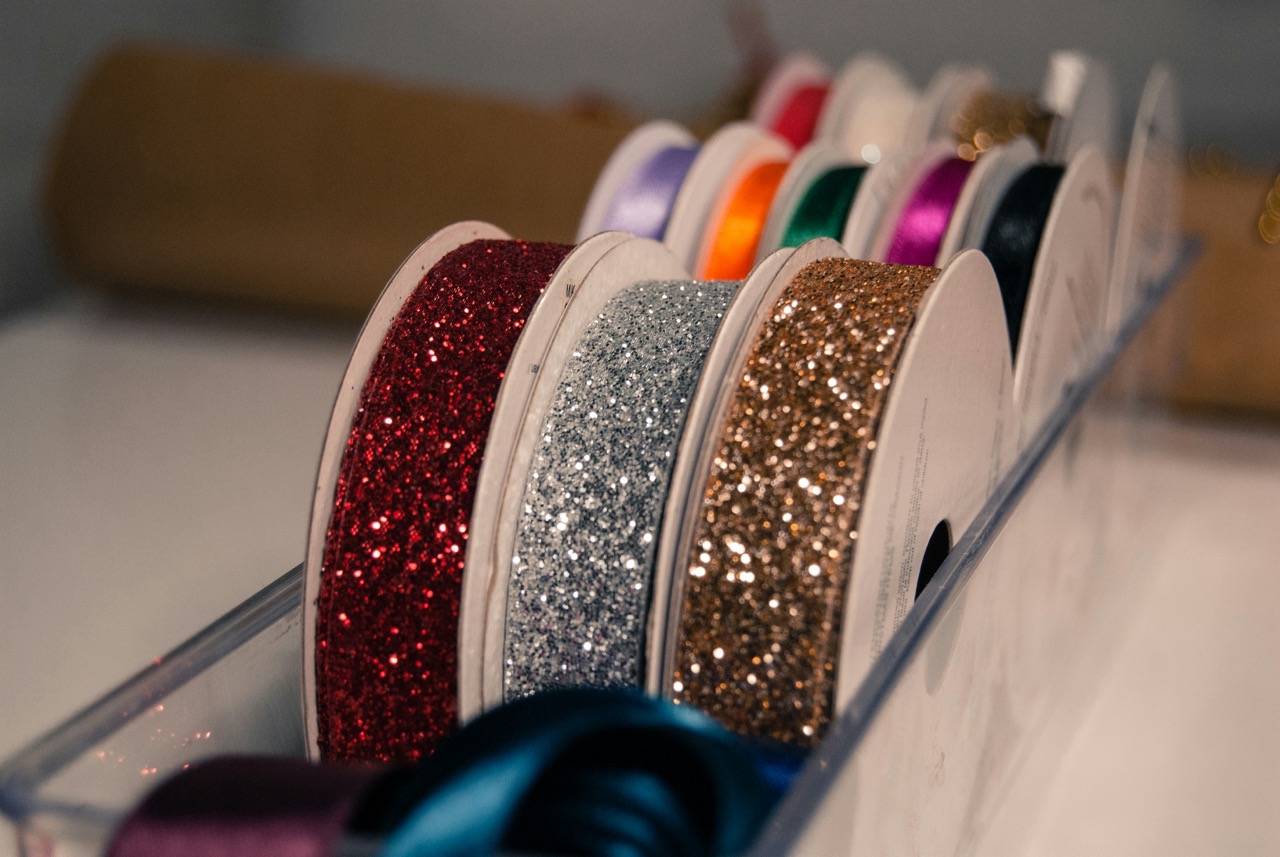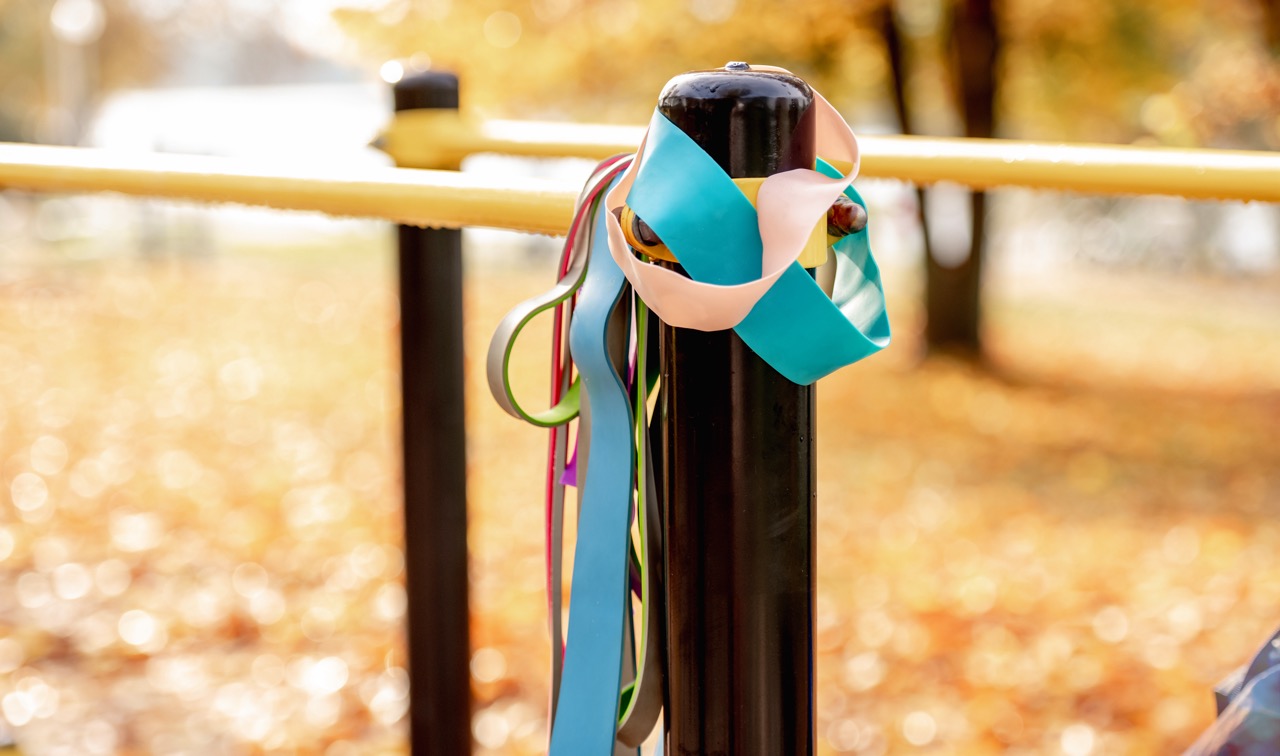Ribbon styling is an enchanting craft that transcends mere decoration. It’s an art form that combines creativity, technique, and personal touch to transform ordinary items into extraordinary pieces of beauty. Whether you’re dressing up a gift, enhancing your home decor, or crafting a stunning floral arrangement, mastering the art of ribbon styling can elevate your projects to new heights. In this article, we’ll unveil the secrets behind flawless ribbon styling, helping you to achieve stunning results with ease.
From choosing the right materials to advanced techniques that add flair, each section is designed to guide you through your ribbon styling journey. Embrace your creativity, explore the world of ribbons, and unlock the potential to embellish any occasion with finesse.
Unveiling the Art of Ribbon Styling: A Creative Journey
Ribbon styling is not just about tying bows; it’s about storytelling through design. Each twist and turn of the ribbon can express a sentiment or evoke a feeling, making it a vital tool in personalizing gifts and decor. The journey begins with inspiration—scour the internet, flip through magazines, or even step outside to let nature spark your creativity. Once you have a vision, the real fun begins as you experiment with various techniques and styles.
As you delve deeper into ribbon styling, you’ll discover that it’s a form of meditative expression. The repetitive motions of tying knots and layering ribbons can bring a sense of calm while also igniting your creativity. Embracing trial and error will also enhance your skills. With every piece you create, you’re not just developing your technique; you’re also telling your own unique story through the art of ribbon styling.
Essential Tools Every Ribbon Artist Should Have on Hand
Every ribbon artist needs a reliable toolkit to create stunning designs. Start with the basics: scissors, adhesive (like glue dots or hot glue), and wire cutters. These tools will allow you to cut and secure your ribbons effectively. Additionally, a ribbon spool holder can help keep your workspace organized, ensuring that you can easily access your favorite materials as you work.
Consider adding specialty tools to your collection as you grow in expertise. A ribbon knife can help you create perfect dovetails, while a tape measure ensures you cut lengths accurately. Lastly, investing in a high-quality rotary cutter can simplify the cutting process, especially if you’re working with multiple ribbon types. With the right tools in hand, you’ll be well-equipped to bring your ribbon visions to life.
Choosing the Right Ribbon: Materials and Textures Explained
Selecting the right ribbon is crucial for achieving the desired aesthetic in your projects. Ribbons come in a variety of materials, including satin, grosgrain, organza, and burlap, each offering a unique look and feel. Satin ribbons are smooth and elegant, perfect for formal occasions, while grosgrain ribbons have a textured finish that adds a touch of whimsy. Organza ribbons are sheer and light, ideal for layering, while burlap ribbons provide a rustic charm.
When considering texture, think about how the ribbon will complement the overall design. A mix of textures can create visual interest, while a cohesive texture can offer sophistication. Don’t be afraid to experiment with different materials in your designs; sometimes, unexpected combinations yield the most striking results. Remember, the ribbon you choose can significantly impact the final look, so take time to explore the options available to you.
Color Theory: Crafting Harmonious Ribbon Combinations
Understanding color theory is essential for creating visually appealing ribbon designs. Colors can evoke emotions and set the tone for any project, so being mindful of your choices is key. Start by familiarizing yourself with the color wheel—complementary colors (those opposite each other) create striking contrast, while analogous colors (next to each other) produce harmony. By selecting ribbons in color schemes that resonate with your theme, you can craft a cohesive look.
In addition to using the color wheel, consider the psychology of color. For instance, blue often conveys tranquility, while red signifies passion or excitement. Depending on the occasion—whether it’s a wedding, a birthday party, or a holiday gathering—aligning your ribbon colors with the intended mood will enhance your overall design. Experimenting with swatches and arranging them together can help you visualize and tweak your color combinations until they feel just right.
Mastering Basic Knots: The Foundation of Ribbon Styling
Having a solid grasp of basic knots is vital for any ribbon artist. The classic bow is perhaps the most recognizable knot, but there are variations that can add unique flair to your designs. Start by practicing the simple loop-and-tie method, ensuring that your loops are even and secure. Once you’re comfortable, try creating double bows or layered bows to add depth to your creations.
Additionally, learn to tie knots that don’t just serve a functional purpose, but also add visual interest. Techniques like the “faux knot” or “pinwheel bow” can elevate your work beyond the ordinary. As you master these basic knots, you’ll build a foundation that allows for more complex designs down the line, making your ribbon styling repertoire both versatile and impressive.
Advanced Techniques: Twists, Turns, and Fabulous Flourishes
Once you’ve mastered the basics, it’s time to explore advanced ribbon techniques that can take your styling to the next level. Twisting and turning ribbons can add a playful element to your designs. For example, incorporating twisted ribbons into floral arrangements or wreaths can create a dynamic look that draws the eye. Similarly, experimenting with looping techniques can add layers and movement to your work.
Fabulous flourishes, such as cascading ribbons or layered loops, can transform a simple piece into a stunning focal point. Use floral wire to secure intricate designs, allowing you to create a myriad of shapes and textures. As you experiment with these advanced techniques, remember that practice makes perfect—don’t hesitate to try new things and let your imagination guide your creations.
Elevate Your Decor: Ribbon Styling for Every Occasion
Ribbon styling is an incredible way to add personal flair to your decor for any occasion. Whether it’s a holiday gathering, a wedding, or a birthday celebration, ribbons can enhance your theme and emphasize the overall aesthetic. For example, during the winter holiday season, rich, deep colors like burgundy and gold can create a warm and inviting atmosphere, while bright pastels in spring can evoke a freshness and cheerfulness.
Incorporating ribbons into your decor can take many forms, from draping them around table settings to adorning walls or furniture. Use ribbons to create beautiful centerpieces, wreaths, or garlands that tie the space together. By tailoring your ribbon choices and styling techniques to the occasion, you’ll create memorable environments that resonate with warmth and creativity.
Layering Ribbons: Adding Depth and Dimension to Designs
Layering ribbons is an essential technique for adding depth and dimension to your creations. By combining different widths, materials, and colors, you can create visually stunning designs that captivate the viewer’s attention. Start with a base ribbon, then layer on additional ribbons in varying sizes and textures to build complexity. This approach is especially effective in bows, wreaths, and floral arrangements.
When layering ribbons, consider the arrangement and spacing carefully. Avoid overcrowding your design; instead, aim for a balanced look that allows each layer to shine. You can also experiment with contrasting and complementary colors to enhance the overall effect. With practice, layering ribbons can become a signature element of your styling, making your work stand out in any setting.
Fixing Common Mistakes in Ribbon Styling: A Quick Guide
Even seasoned ribbon artists encounter mistakes from time to time. The key to overcoming these challenges is understanding common pitfalls and knowing how to fix them. For instance, if your bow looks uneven, you can easily adjust the loops by gently pulling or pinching them to equalize the size. If your ribbon frays, using a lighter to carefully seal the edges can prevent further damage.
Another common issue is using too much or too little ribbon. If your design feels lacking, consider adding more ribbons or layers for visual interest. Conversely, if it’s too bulky, you may need to trim excess materials. Taking a step back and evaluating your work can also help you identify areas for improvement. Remember, every mistake presents an opportunity to learn and refine your skills.
Seasonal Inspirations: Ribbons for Every Time of Year
Each season brings its own palette of colors and textures, making it an exciting time to explore ribbon styling. In autumn, think about rich oranges, deep reds, and earthy browns. Combining ribbons with natural elements like twigs and dried leaves can create a beautiful rustic look for harvest celebrations. Winter, on the other hand, offers an opportunity to use shimmering silvers and whites, perfect for festive holiday decorations.
Spring and summer invite lighter, brighter hues, such as pastels or vibrant colors. Think floral patterns and airy textures for spring, while summer can embrace vibrant, sun-kissed colors for beach-themed projects. By aligning your ribbon choices with the seasons, you can create designs that resonate with the time of year, adding a festive touch to your decor and celebrations.
Personalizing Your Ribbon Creations: Adding a Unique Touch
One of the most rewarding aspects of ribbon styling is the ability to personalize your creations. Whether it’s adding a name, a meaningful date, or a special quote, personal touches can transform your projects into cherished keepsakes. Consider using fabric markers or embroidery techniques to incorporate personalized elements directly onto the ribbon.
Additionally, you can infuse your personality into your designs by selecting ribbons that reflect your interests or passions. For example, choose ribbons with prints that resonate with hobbies, like gardening or travel, to create unique gifts or decorations. Personalization not only adds meaning but also makes your ribbon creations more memorable and special for those who receive them.
Showcasing Your Work: Tips for Displaying Ribbon Art
After putting your heart and soul into your ribbon creations, it’s essential to showcase them effectively. Displaying your work can enhance its appeal and draw attention to the intricate details you’ve crafted. Consider using shadow boxes or decorative frames to highlight ribbon art, allowing it to become a focal point in your home. Alternatively, draping ribbons along mantels, doorways, or staircase railings can create a stunning visual display.
Social media is another excellent platform for showcasing your ribbon art. Create an Instagram account dedicated to your creations or join online crafting communities to share your work with like-minded individuals. High-quality photographs that capture the texture and vibrancy of your ribbons can help inspire others and promote your artistry. Remember, showcasing your work not only celebrates your skills but also encourages others to embrace the art of ribbon styling.
The art of ribbon styling is a delightful journey filled with creativity and exploration. By mastering essential techniques, understanding materials, and embracing personalization, anyone can achieve flawless ribbon designs that add beauty to any occasion. Whether you’re a novice or a seasoned artist, the joy of creating with ribbons lies in the endless possibilities they offer. So gather your tools, let your imagination run wild, and watch as your ribbon creations come to life in vibrant colors and stunning designs. Happy styling!










